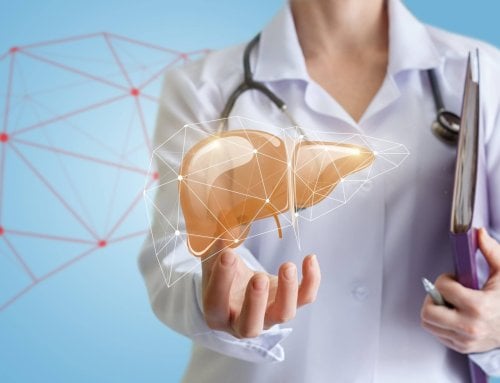The new FDA nutrition guidelines have changed from the food pyramid to the plate method of eating. As a nation, we are trying to decrease our ever growing rate of obesity which can lead to multiple chronic diseases. Trying to eat balanced meals of small portions and nutrient dense foods are a challenge for almost everyone. Here is a list of some recommended choices to get you started on your way to healthy eating:
- Broccoli – It is available all year long. It contains magnesium, calcium, and potassium which helps regulate blood pressure. Broccoli contains folic acid to aid in muscle growth and brain function. It contains vitamin C (an antioxidant to increase immunity) and vitamin K (to keep bones strong); it is high in fiber and low in calories. It has indole-3 carbinol and sulforaphane which have anti-cancer properties.
- Grapes (especially frozen) – Sweet, satisfying, a group of 10 – 12 are one serving of a carbohydrate with lots of bonuses. They contain flavonoids which are powerful antioxidants and they decrease damage created by free radicals. Grapes increase nitric oxide in the blood which can reduce formation of blood clots and heart attacks. Grapes contain resveratrol (especially red), a polyphenol which can enhance overall health. They have antiviral and antibacterial qualities as well.
- Sardines – Rich in omega-3 fatty acids which decrease inflammation, decrease heart disease, lower stress and depression, improve skin and nails, and offer many other benefits. Because of their small size, they collect fewer toxins like PCBs and mercury, compared to tuna and salmon. They contain vitamin B12, vitamin D, calcium, selenium and phosphorous. Sardines contain no carbohydrates, are rich in protein and filling.
- Water/zero calorie seltzer – Water is essential to life and 2/3 of our body consists of water. Water helps with metabolism, regulates body temperature, helps detoxify, protects our joints, and helps transport oxygen and nutrients to the cells. Dehydration is serious and can harm kidneys, cause muscle cramps, fatigue and dry skin. Water can dilute your blood sugar when it is elevated. There is no specific amount for every person; it is based on your size and activity level. Never wait until you are thirsty to drink. Know if you are on fluid restrictions. Add berries, cucumber, or citrus for color and flavor. Drink a glass or two before meals to curb appetite.
- Unsalted nuts & nut butter – Especially walnuts, almonds, pistachios, and macadamias. They are rich in fiber, vitamins and minerals and have little impact on blood sugar. They have protein and mono-unsaturated fat which is heart healthy. Nuts contain tryptophan which helps with sleep. They are also a great substitute for meat. Remember portion size-1-1.5 ounces per serving for calorie control.
- Greek low fat yogurt – Thick and creamy and easy to digest. It is high in fiber and protein, while also being low in sugar. It contains live cultures like L acidophilus, bifidus and L casei which helps digestive health and decreases fungal infections. Dairy products may aid in weight loss.
- Old fashioned slow cooking oatmeal (non flavored) – Oatmeal contains oats which have soluble and insoluble fiber. Insoluble fiber has phytochemicals that can fight cancer and soluble fiber which decreases LDL. Oats are great for people with diabetes since it slows starch digestion and eliminates sharp rises after eating. Add berries and a few nuts for a bigger bonus.
- Apples (preferably organic) – If organic is too expensive, wash apples with warm soapy water to remove wax and pesticides. Available year round in multiple varieties, they have tons of fiber, no fat and flavonoids. The skin contains phenols and quercetin which protects from UVB rays. Eat whole and do not substitute juice.
- Eggs (hard boiled) – Easy to transport, high quality protein, 70 calories and taste good. They contain lutein and zeaxanthin to protect eyes from macular degeneration and cataracts. Eggs contain vitamin D and choline to help with nerve and brain function. Eat in moderation about 4 yolks a week.
- Green and Black Tea (Decaf) – Calorie free and non-dehydrating, tastes refreshing. Tea, which has been around for centuries, has catechins (EGCG) which is a powerful antioxidant and may decrease cancer and heart disease. It is best when freshly brewed and if you’d like more of a punch and vitamin C, then add lemon or lime.
There are so many wonderful, healthy and helpful foods to add to this list like beans, berries, leafy greens, garlic, onions, mushrooms, etc. Start with these top 10 foods for healthy eating and add as you can!
NOTE: Consult your doctor first to make sure my recommendations fit your special health needs.












Leave A Comment